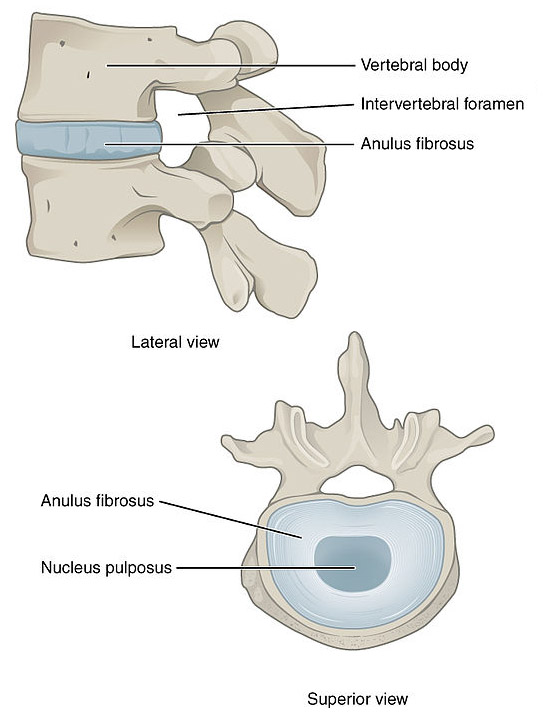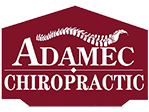Information on Back Pain
Schenectady | Rotterdam | Guilderland
Information on Back Pain
Schenectady | Rotterdam | Guilderland
Back Pain
The human back is complex system of interconnecting nerves, bones, muscles, ligaments, and tendons, all of which can be a source of pain. Medical research studies consistently rate back pain as the second most common type of pain in adults (headaches typically rank first). While muscle strain is the most common cause of back pain, a more serious condition, often chronic in nature, is caused by herniated/ruptured lumbar discs. A herniated disc often requires medical treatment, and they can be extremely painful.
Below is a detailed description of a herniated/ruptured disc as well as the common symptoms.
 Herniated Discs
Herniated Discs
The bones that form the spine (vertebrae) are separated by a gel-like layer called the intervertebral discs. These discs are made up of the outer fibrous ring (the annulus fibrous), and an inner gel-like center (the nucleus pulposus).
These discs act as shock absorbers for the spine as well as allow the back to bend and twist. These spaces also provide an opening for nerves that branch out from the spinal cord to various parts of the body.
Unfortunately, these discs often take a beating. Between supporting the weight of the head and torso, trauma caused by accidents or overuse, and certain medical conditions (like osteoarthritis) can cause damage. If a disc becomes damaged, it may bulge, or break open resulting in a herniated disc. Other common terms for this may be a slipped or ruptured disc. A herniated disc can be extremely painful and greatly affect your ability to move.
 Most herniated discs affect the lower back (lumbar spine), because the range of motion is greater and those discs support more body weight. However, a herniated disc can happen anywhere along the spine. Many patients experience disc problems in their neck (cervical spine), or in the upper back (thoracic spine).
Most herniated discs affect the lower back (lumbar spine), because the range of motion is greater and those discs support more body weight. However, a herniated disc can happen anywhere along the spine. Many patients experience disc problems in their neck (cervical spine), or in the upper back (thoracic spine).
A herniated disc is caused by radiculpathy. This is a term used for any disease that affects the spinal nerve root. A slipped/herniated disc is most prevalent in middle-aged and older men. Conditions that are also present at birth that affect the size of the spinal cord, such as spina bifida, can also play a part in herniated discs.
Symptoms
 Herniated discs can cause pain, numbness, or weakness in the area of the spine where the disc has ruptured or moved out of place. They can also cause pain, numbness, or weakness in other areas of the body.
Herniated discs can cause pain, numbness, or weakness in the area of the spine where the disc has ruptured or moved out of place. They can also cause pain, numbness, or weakness in other areas of the body.
A herniated disc in the lower back (lumbar spine) may cause sharp pain or numbness in one part of your leg, hip, or buttocks (sciatica pain). The pain may also be accompanied by weakness in that same leg as well.
A herniated disc in the neck can cause pain when trying to rotate and/or move the head. Some patients may experience deep pain around the shoulder blade, arms, and fingers. Patients may also experience weakness in certain muscles. In some cases, the pain or weakness may go unnoticed until your doctor examines you.
Pain associated with a herniated disc often starts out slow then gets worse. You may find the pain gets intolerable after standing or sitting, at night, after sneezing or coughing, or even when bending backwards or walking a great distance.
Treatment
Treatment options for herniated discs depend on the area affected and the patient’s pain level. What’s important to understand is that herniated discs are often a chronic condition, and over time, without treatment, the damage to the affected discs may be irreversible. So if you are experiencing herniated discs problems, please take a moment to read through our treatment section and call our office today to schedule an appointment with Dr. Adamec.
Real Reviews from Real People!




















































